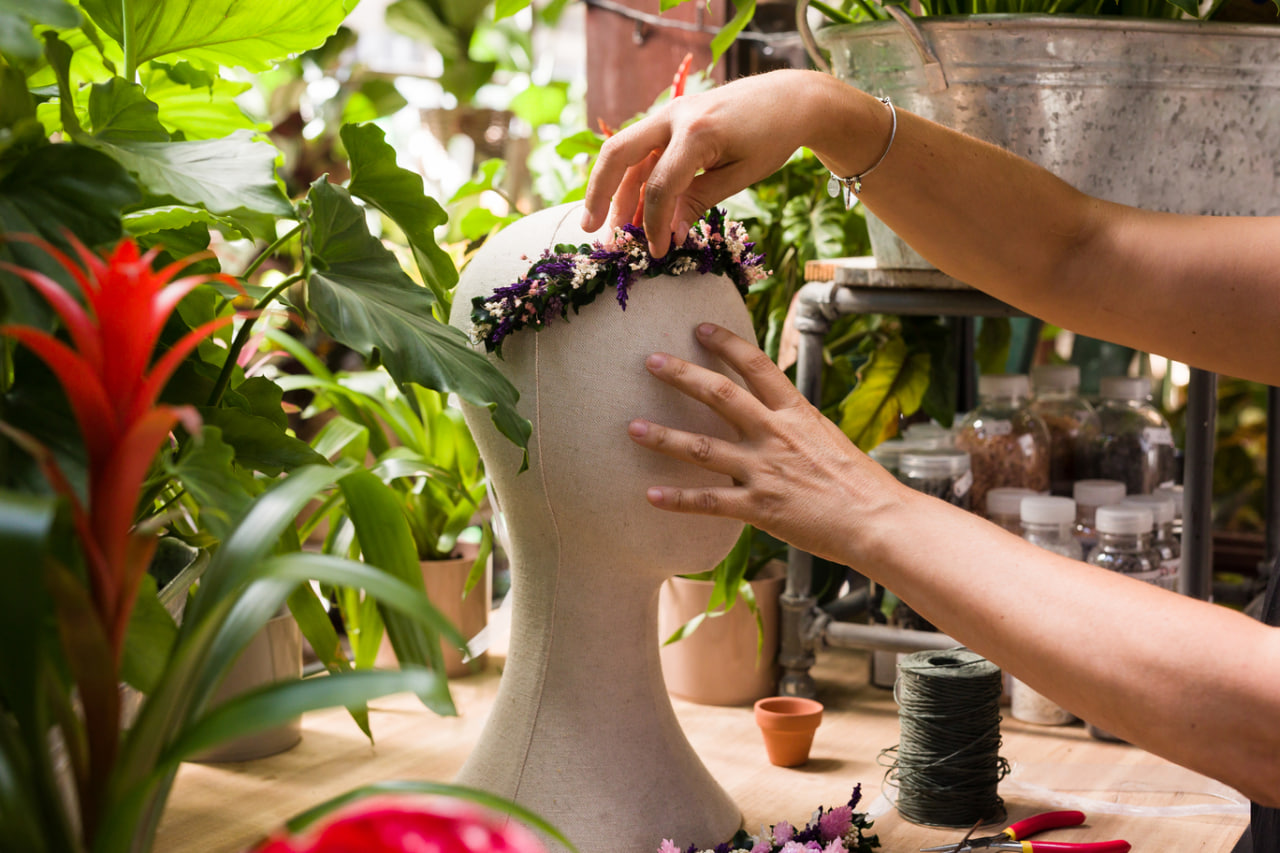Top 10 Tips for Working with Yarn and Threads
Working with yarn and threads is the foundation of many crafts, from crochet and knitting to weaving and embroidery. Beginners often face challenges such as tangling, uneven tension, or selecting the wrong materials. With the right techniques, however, handling yarn and threads becomes much easier and more enjoyable. Here are ten essential tips to help you get the most out of your crafting experience.
1. Choose the Right Yarn or Thread
Selecting the appropriate material for your project is crucial. Consider the fiber type, thickness, and texture. Cotton and acrylic yarns are beginner-friendly because they are smooth and easy to work with. For embroidery or fine details, opt for high-quality threads that won’t fray easily. Matching your material to the project ensures better results and a more satisfying crafting experience.
2. Keep Yarn Organized
Tangling is one of the most common frustrations in working with yarn. Keep skeins and balls organized by storing them in containers, baskets, or zippered pouches. You can also wind loose skeins into smaller, manageable balls before starting your project. Proper organization saves time and reduces stress during your crafting sessions.
3. Maintain Consistent Tension
Uneven tension can affect the look and feel of your finished project. Practice holding your yarn in a way that allows smooth feeding while keeping stitches even. Whether knitting, crocheting, or weaving, consistent tension ensures your project maintains uniform size, shape, and texture throughout.
4. Use the Right Tools
Using the correct hook, needle, or loom for your yarn or thread makes a huge difference. Check the recommended sizes on your yarn label and match them with your tools. Too small a hook or needle can create tight, difficult stitches, while too large a tool may produce loose, uneven results. The right tools make your work easier and improve the finished product.
5. Learn Basic Care for Yarn
Some fibers require special care. Natural fibers like wool may shrink or felt if washed improperly. Cotton can be more forgiving, but it can still stretch or fade over time. Learning how to store, wash, and handle different types of yarn ensures your finished projects last longer and remain beautiful.
6. Practice Patience
Working with yarn and threads is a skill that improves with practice. Don’t rush your projects, especially as a beginner. Allow yourself time to learn stitches, patterns, and techniques. Mistakes are part of the learning process, and each project helps you gain confidence and improve your craftsmanship.
7. Experiment with Color and Texture
Don’t be afraid to mix different yarns, colors, and textures. Combining smooth and fluffy yarns, or contrasting colors, can create depth and interest in your projects. Experimenting encourages creativity and results in unique, personalized creations.
8. Keep Ends Neat
Loose ends can make a project look unfinished. Learn techniques for weaving in ends securely, knotting threads neatly, and trimming excess yarn. Proper finishing gives your work a professional appearance and ensures durability.
9. Use Stitch Markers and Tools
Stitch markers, yarn needles, and measuring tools are invaluable for keeping track of rows, counting stitches, and maintaining accuracy. Beginners often overlook these small tools, but they greatly reduce mistakes and make complex projects easier to manage.
10. Join a Crafting Community
Sharing experiences with other makers can accelerate learning and provide inspiration. Online forums, social media groups, and local crafting circles allow you to ask questions, exchange tips, and gain motivation. Being part of a community makes working with yarn and threads more enjoyable and fulfilling.

